American dancer and choreographer Martha Graham was a pioneer of contemporary dance. She was born on May 11, 1894, in Allegheny, Pennsylvania. In the late 1800s, dancers Isadora Duncan and Ruth St. Denis made a departure from ballet, which is rooted in the Renaissance, making dance more instinctive and foregoing restrictive ballet shoes. Martha Graham became interested in this new style. In 1916, she enrolled at Ruth St. Denis’s Denishawn School in Los Angeles. In 1926, in New York, she opened the Martha Graham Dance Company. Her emotionally-charged dance style ignited a revolution. Graham developed her signature contract-release movements, using the twisting and tension of the body as a point of departure. Her dance style conveyed moods and subconscious impulses.
A year later, she opened the Martha Graham School of Contemporary Dance, where she taught her special brand of energetic, theatrical and expressive dance. Graham added falling into her choreography, highlighting the body’s weight and gravity, as opposed to the lithe grace of traditional ballet dancers. Barefoot stomps often punctuated her pieces. Graham was the first American choreographer to regularly use black and Asian dancers. One of her pupils was Merce Cunningham, who would become one of the greatest choreographers of the second half of the twentieth century. In 1929, Graham created her first choral piece, “Heretic.” She danced in it herself, energetically contrasting the group’s static postures. In “Frontier”, one of her most famous solo pieces, she paid tribute to American pioneers, using her body to trace boundaries in an imaginary new land. During this period Graham concentrated on social issues, themes she addressed with pieces like “Chronicle” against imperialism and “Deep Song” about the Spanish Civil War. In 1936, she refused to take part in the Berlin Olympics to protest against Hitler. A year later, she performed at the White House.
In the 1940s, Graham began exploring the symbolic universe of Greek mythology, which she felt held deep psychological truths.
At 76, Martha Graham danced for the last time. After leaving the stage, she struggled with depression and a drinking problem. Graham worked as a choreographer until her death on April 1, 1991, in New York. During her 70-year career, she created 181 pieces for her company and for dancers like Mikhail Baryshnikov and Rudolf Nureyev. Martha Graham’s technique still provides the foundation of contemporary dance.
A year later, she opened the Martha Graham School of Contemporary Dance, where she taught her special brand of energetic, theatrical and expressive dance. Graham added falling into her choreography, highlighting the body’s weight and gravity, as opposed to the lithe grace of traditional ballet dancers. Barefoot stomps often punctuated her pieces. Graham was the first American choreographer to regularly use black and Asian dancers. One of her pupils was Merce Cunningham, who would become one of the greatest choreographers of the second half of the twentieth century. In 1929, Graham created her first choral piece, “Heretic.” She danced in it herself, energetically contrasting the group’s static postures. In “Frontier”, one of her most famous solo pieces, she paid tribute to American pioneers, using her body to trace boundaries in an imaginary new land. During this period Graham concentrated on social issues, themes she addressed with pieces like “Chronicle” against imperialism and “Deep Song” about the Spanish Civil War. In 1936, she refused to take part in the Berlin Olympics to protest against Hitler. A year later, she performed at the White House.
In the 1940s, Graham began exploring the symbolic universe of Greek mythology, which she felt held deep psychological truths.
At 76, Martha Graham danced for the last time. After leaving the stage, she struggled with depression and a drinking problem. Graham worked as a choreographer until her death on April 1, 1991, in New York. During her 70-year career, she created 181 pieces for her company and for dancers like Mikhail Baryshnikov and Rudolf Nureyev. Martha Graham’s technique still provides the foundation of contemporary dance.
RELATED
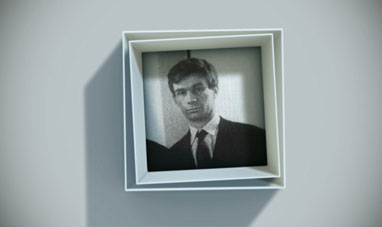

ENRICO CASTELLANI
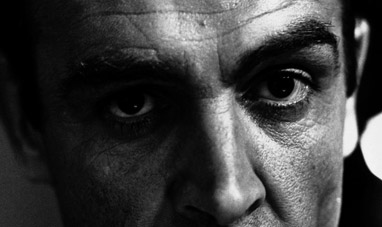

SEAN CONNERY
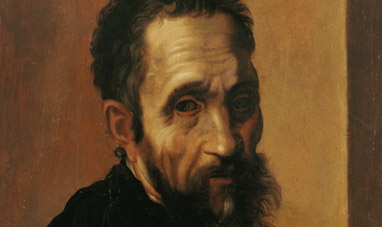

MICHELANGELO BUONARROTI
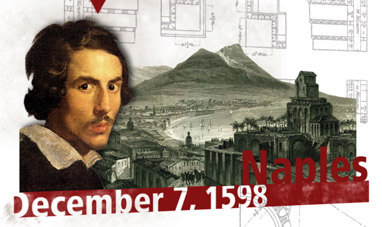

GIANLORENZO BERNINI


GIUSEPPE PENONE


TITIAN
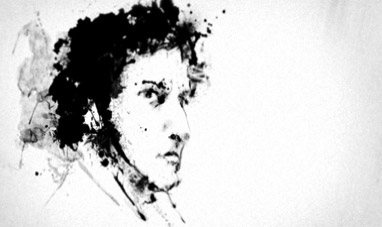

FRÉDÉRIC CHOPIN
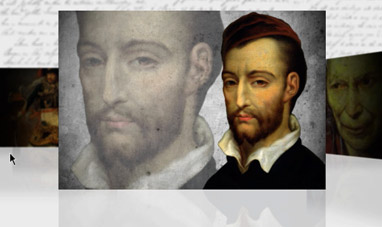

THÉODORE GÉRICAULT
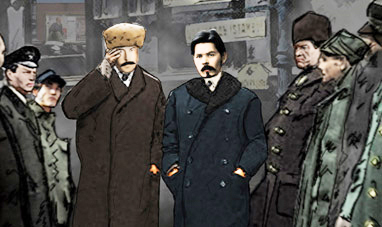

MAXIM GORKY
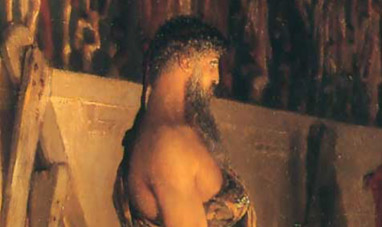

PHIDIAS
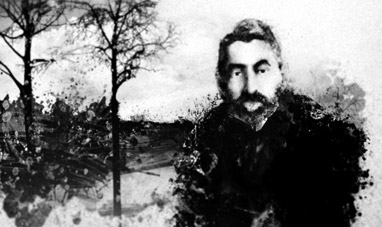

CLAUDE DEBUSSY
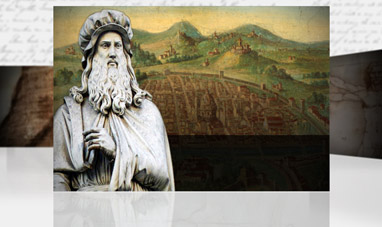

LEONARDO DA VINCI
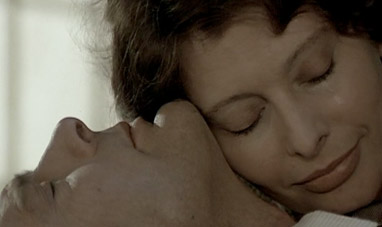

SOPHIA LOREN
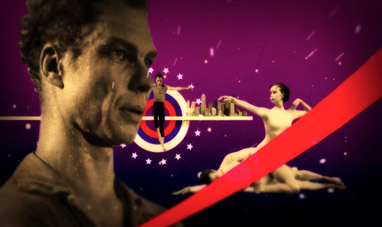

MERCE CUNNINGHAM


JACK KEROUAC


AMEDEO MODIGLIANI
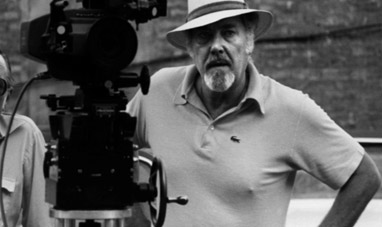

ROBERT ALTMAN
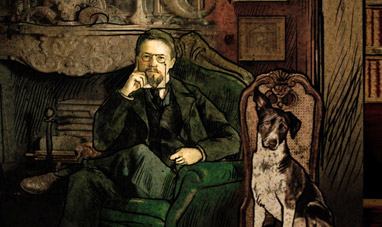

ANTON CHEKHOV
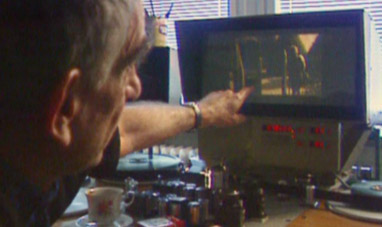

KRZYSZTOF KIELOWSKI
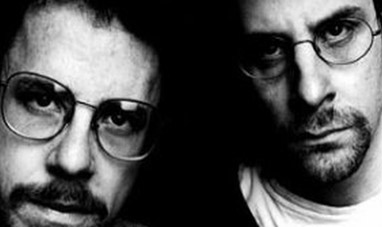

JOEL AND ETHAN COEN
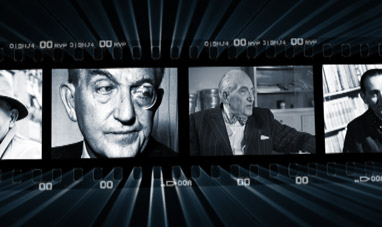

FRITZ LANG
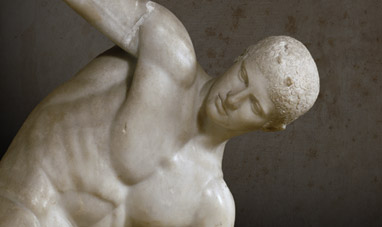

MYRON


RITA HAYWORTH


MICHELANGELO PISTOLETTO


EURIPIDES
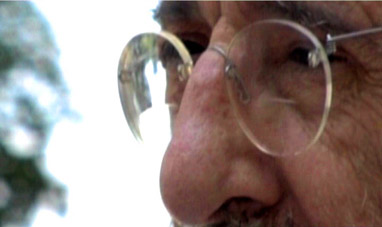

ÁLVARO SIZA VIEIRA
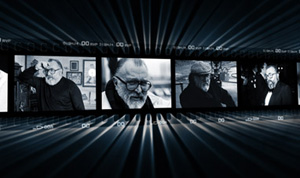

SERGIO LEONE
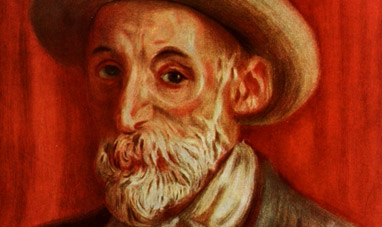

PIERRE AUGUSTE RENOIR


AUDREY HEPBURN


FRANK LLOYD WRIGHT
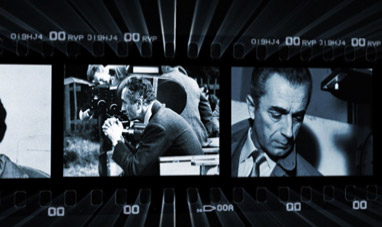

MICHELANGELO ANTONIONI


PIERO MANZONI
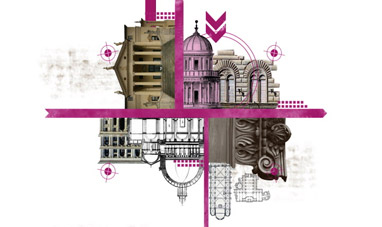

LEON BATTISTA ALBERTI


PHARRELL WILLIAMS
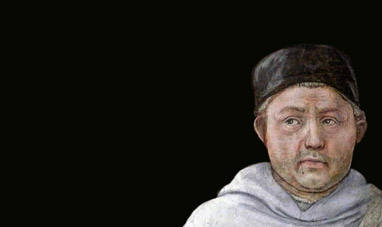

FILIPPO LIPPI
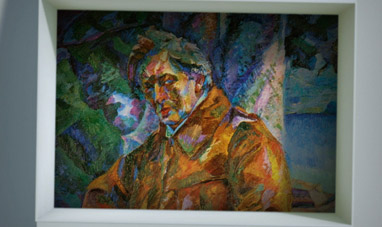

UMBERTO BOCCIONI
